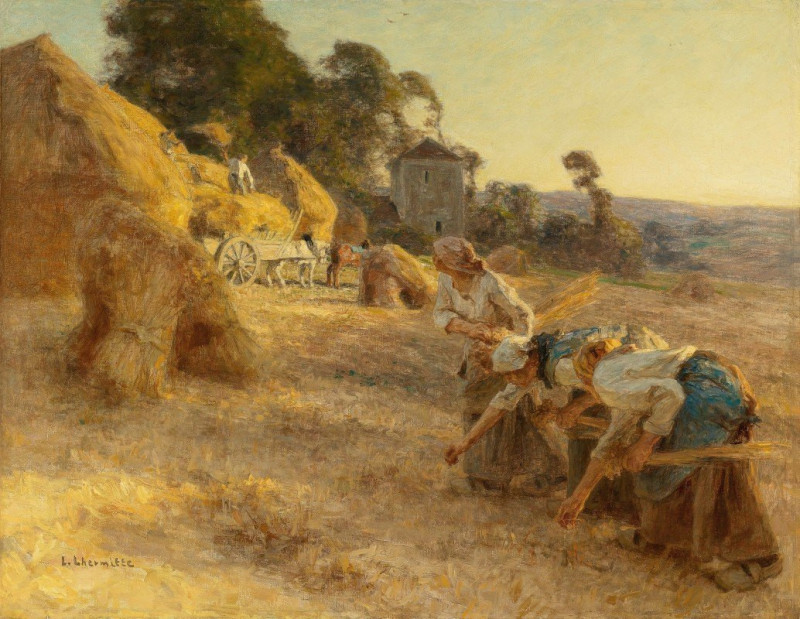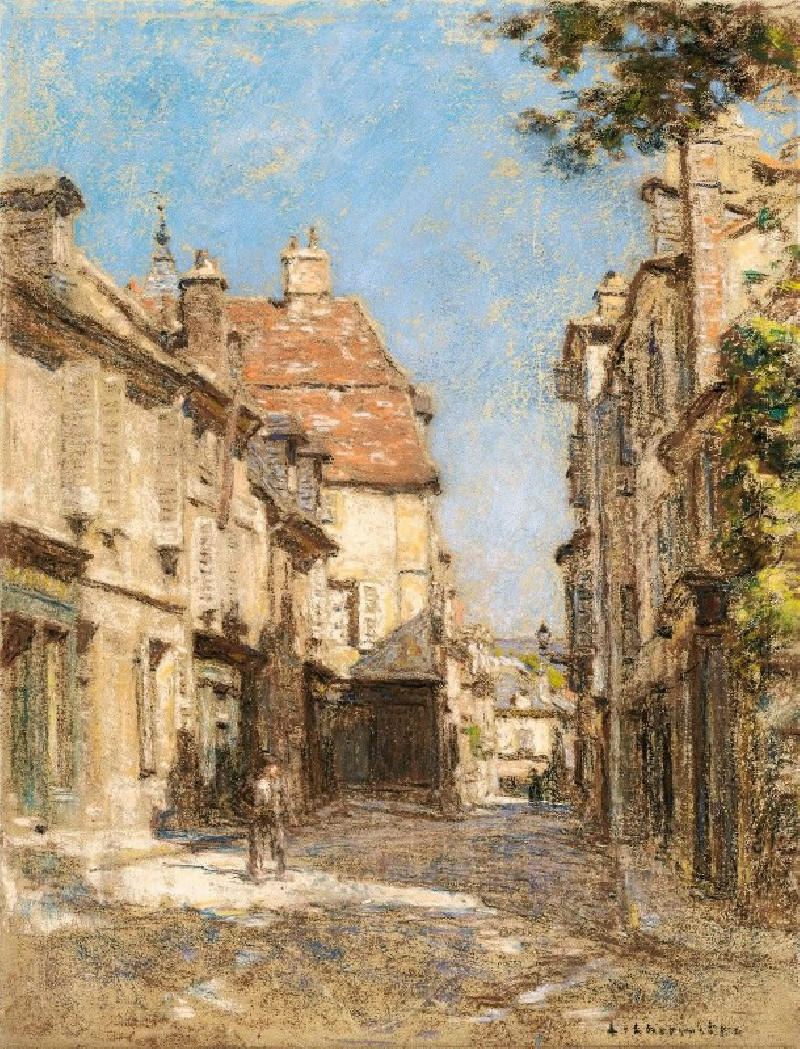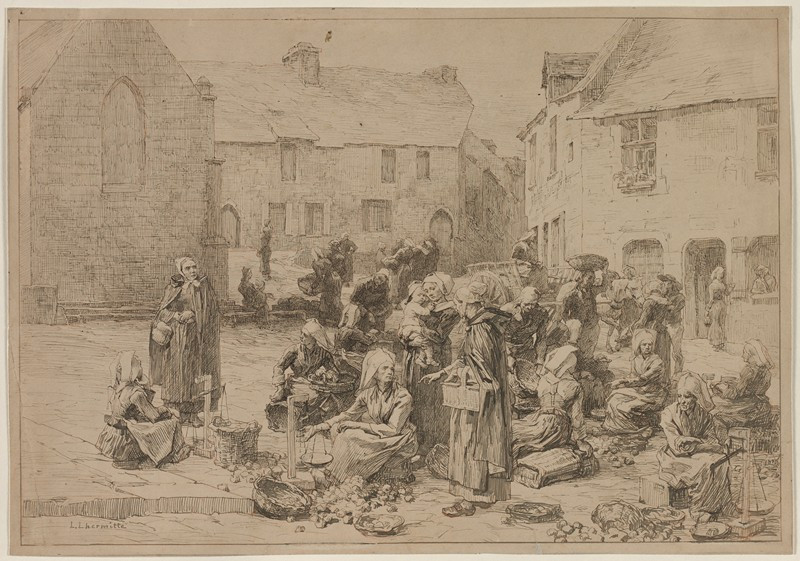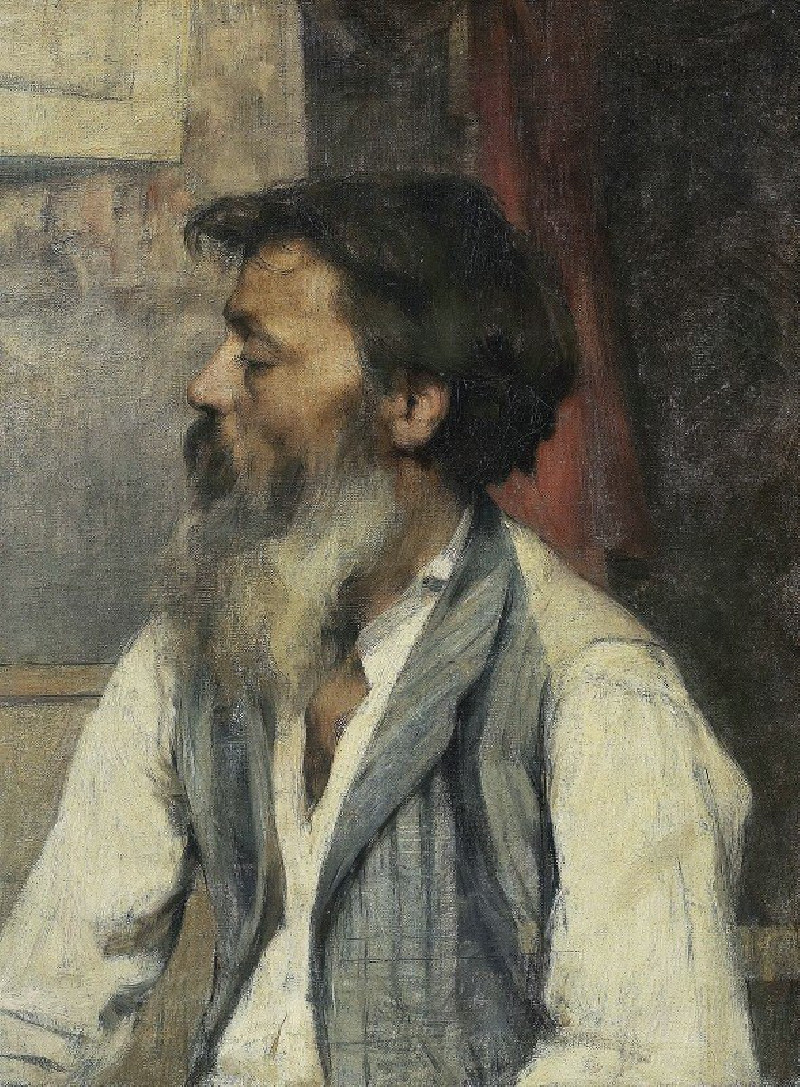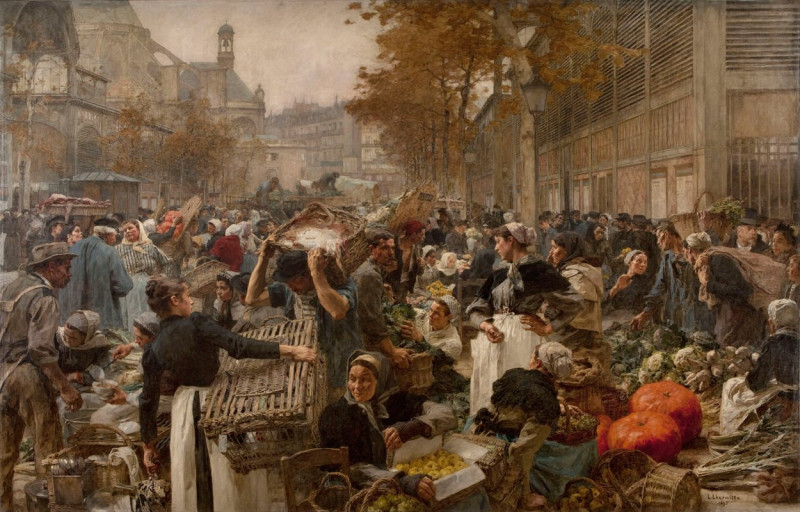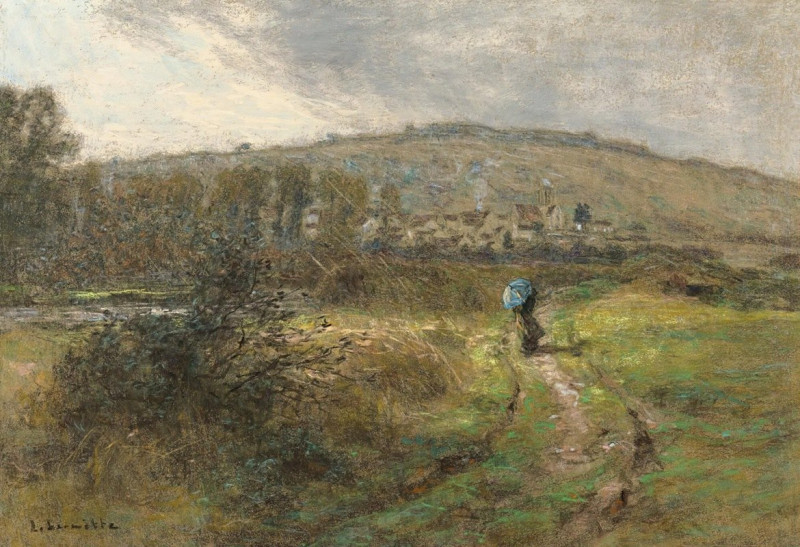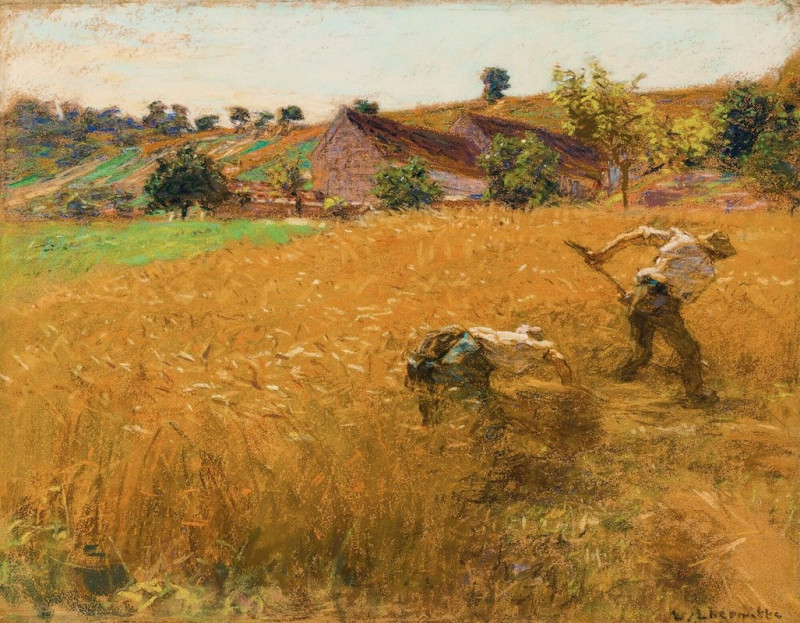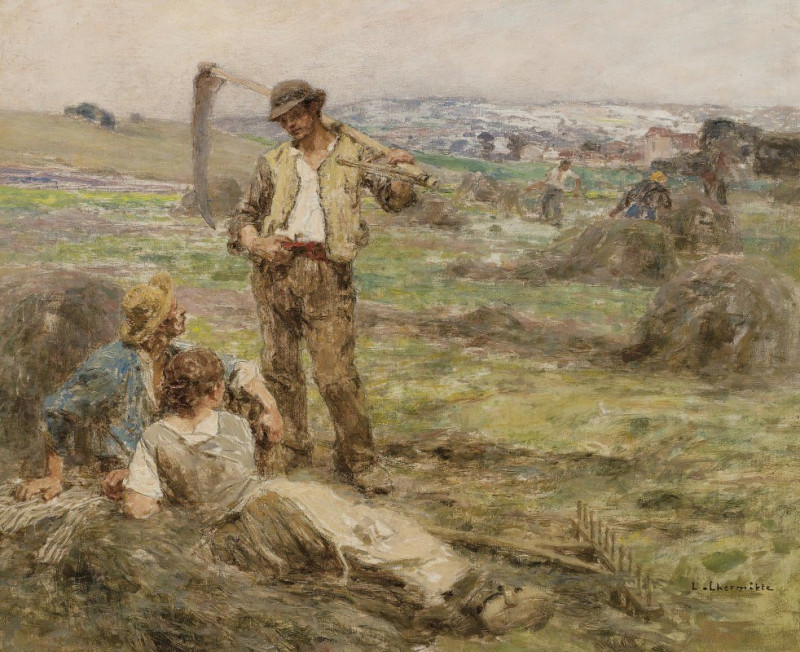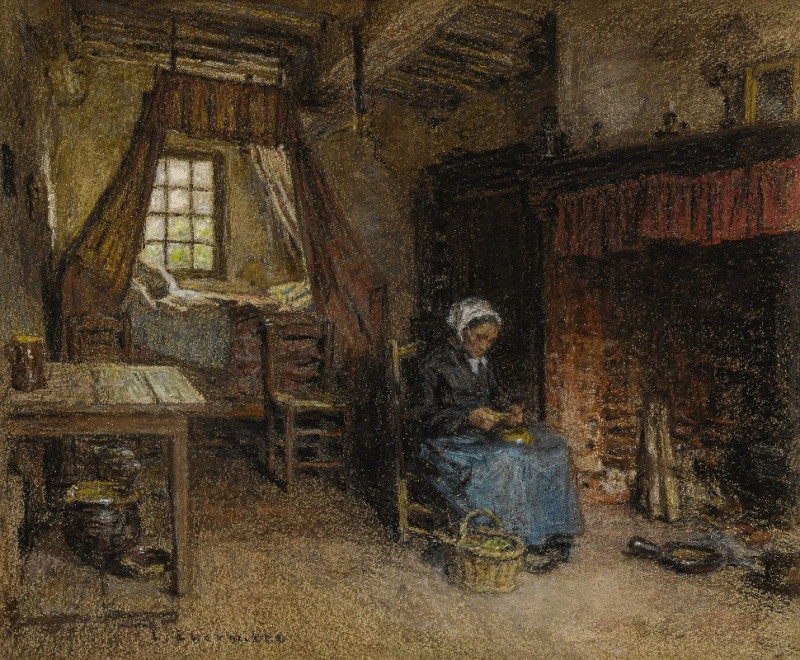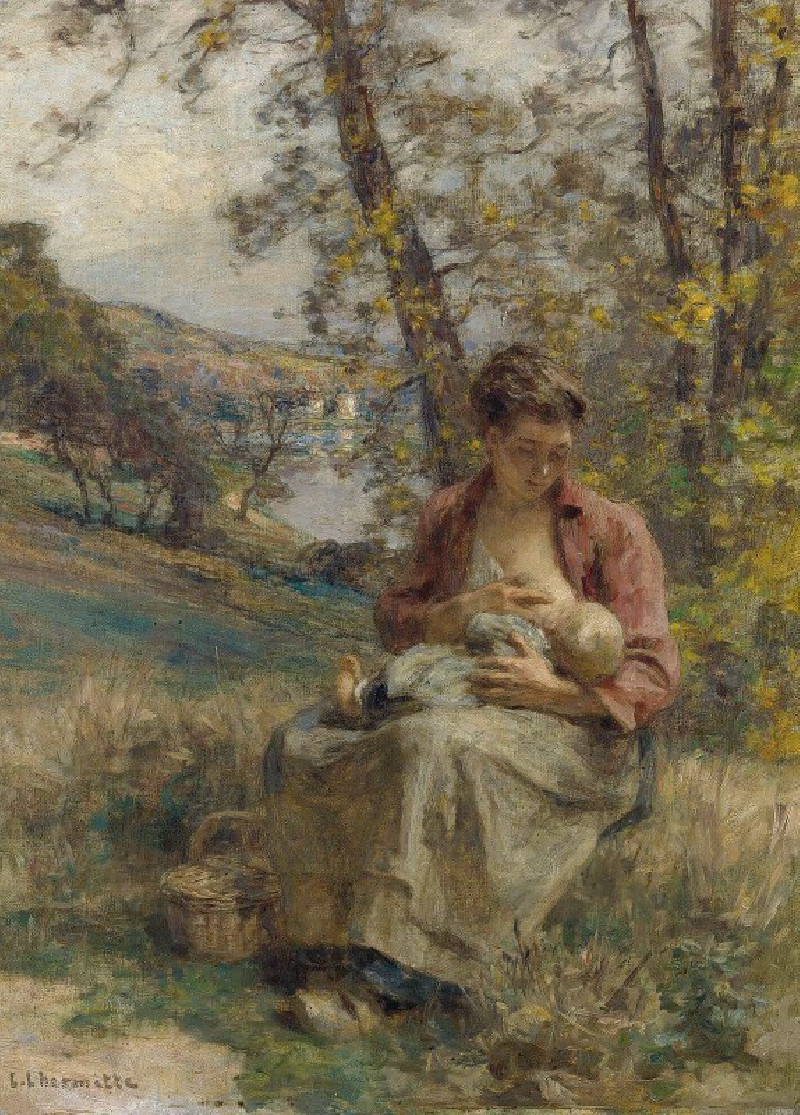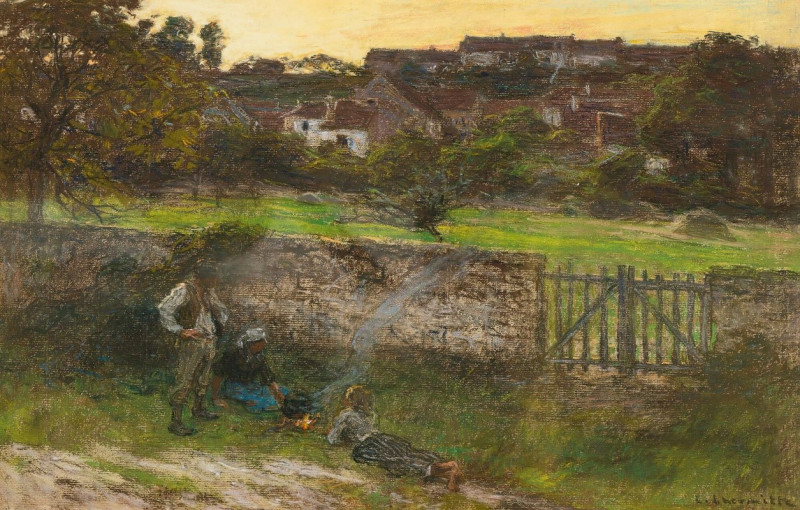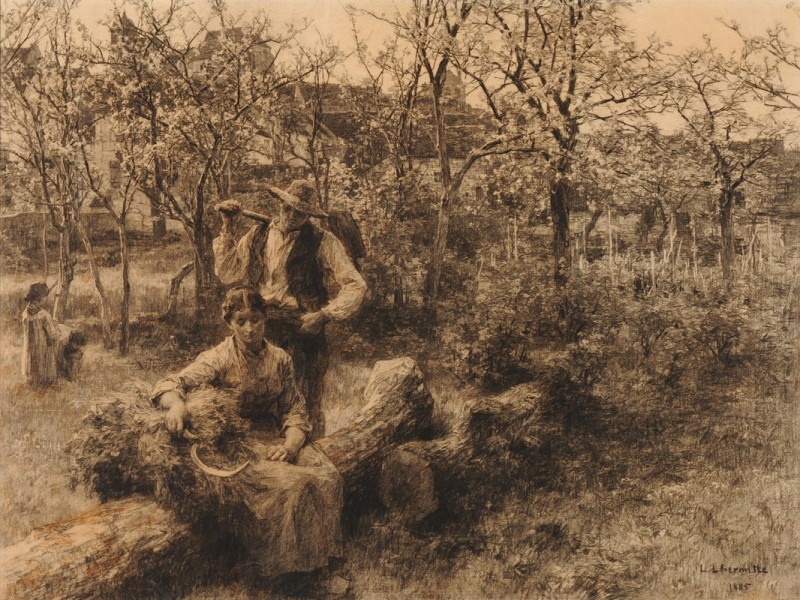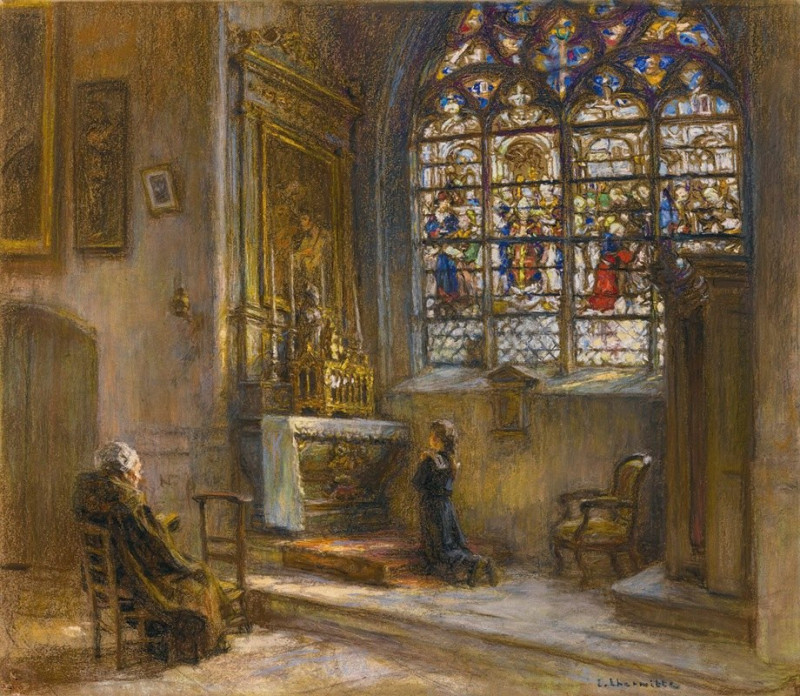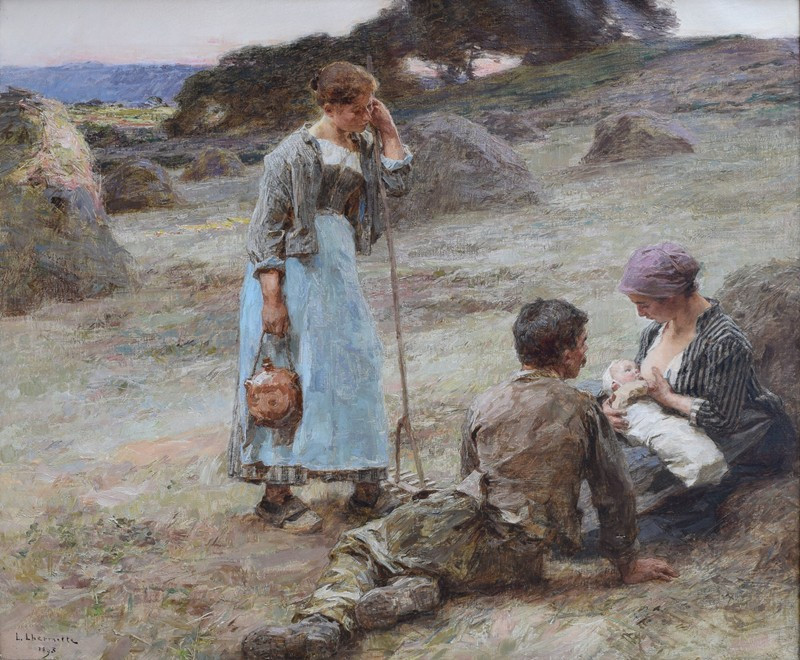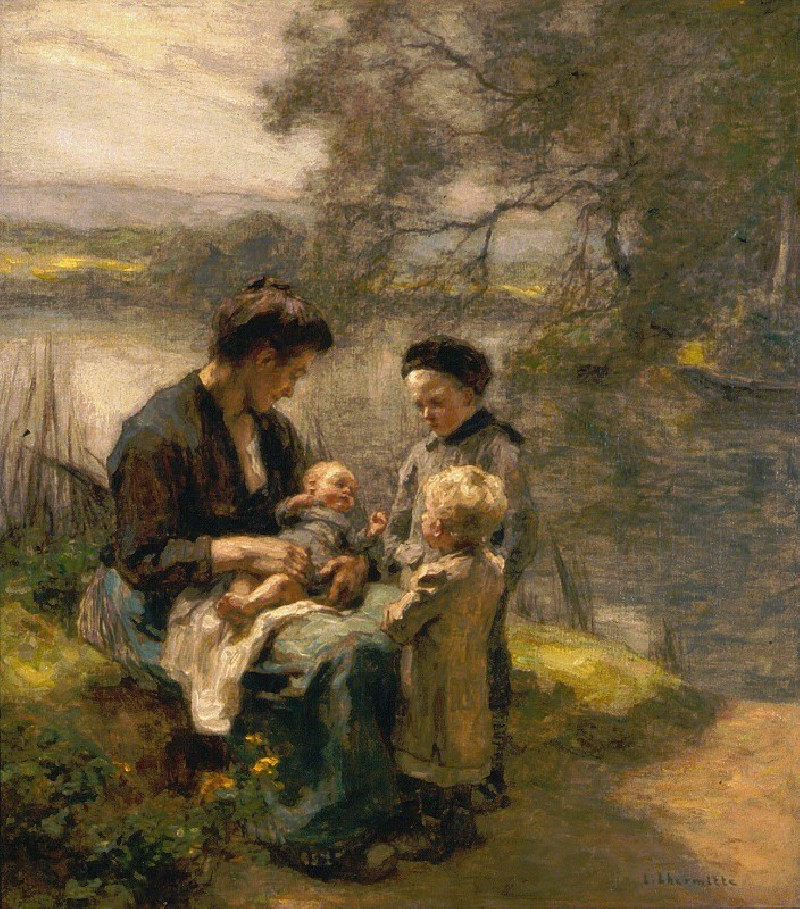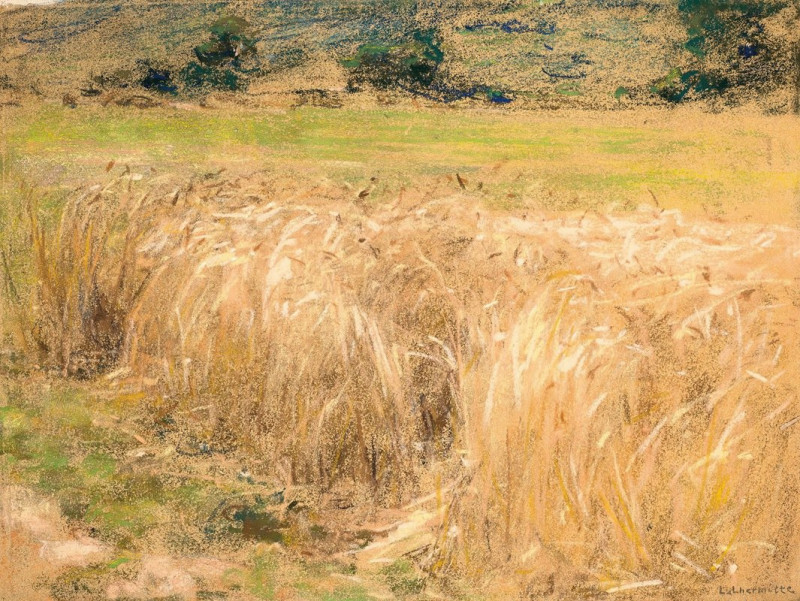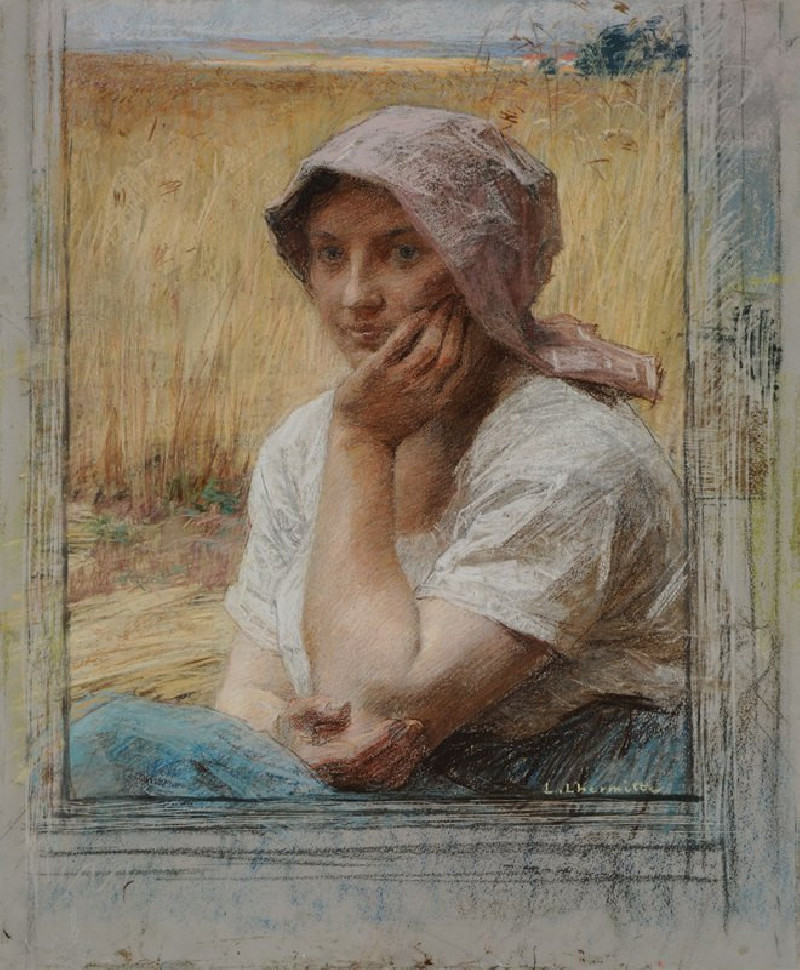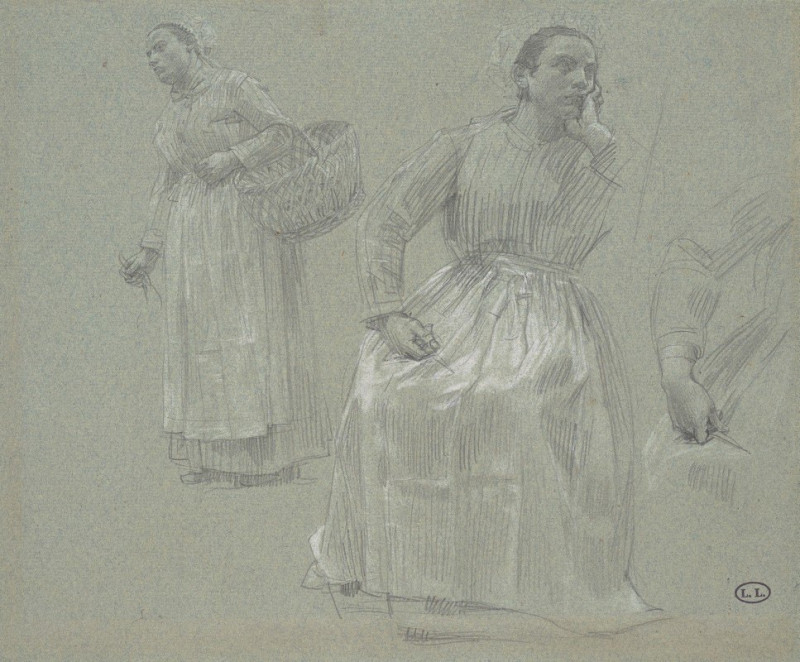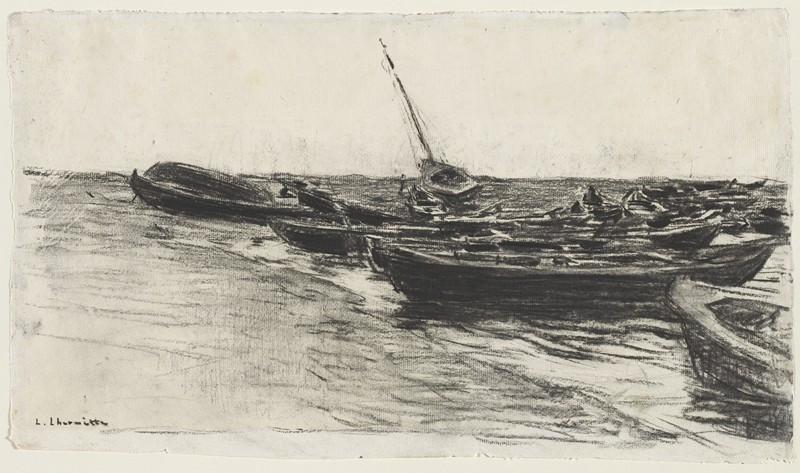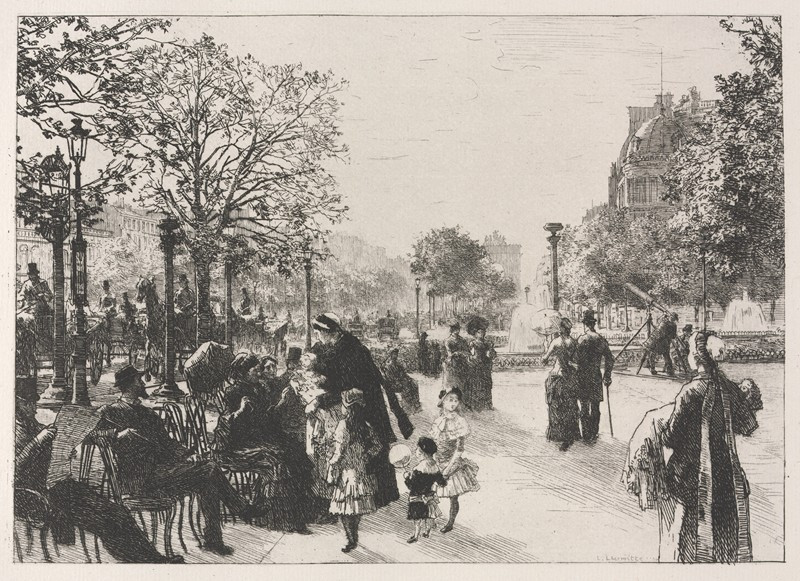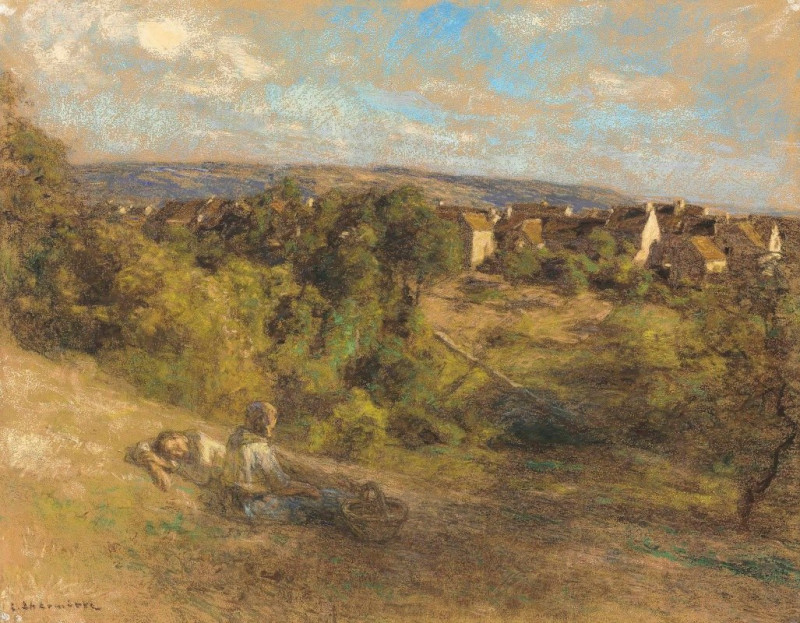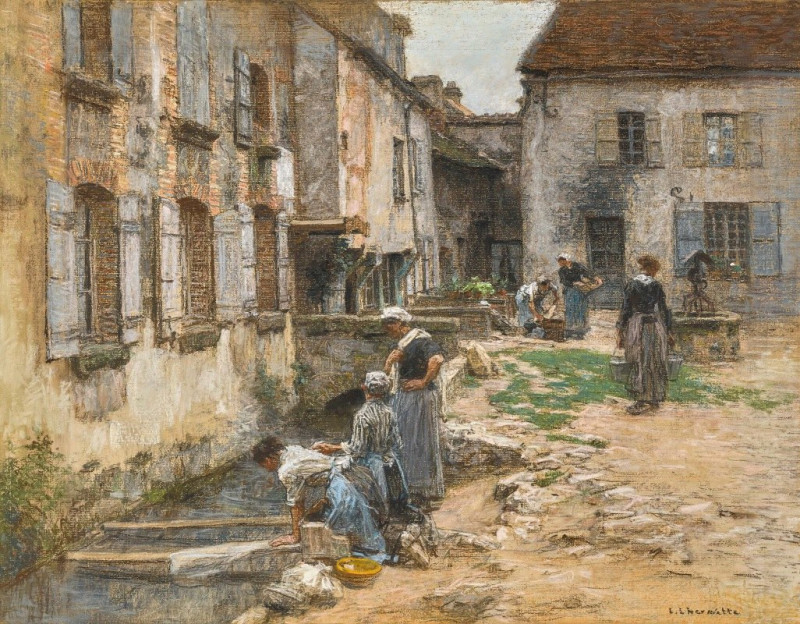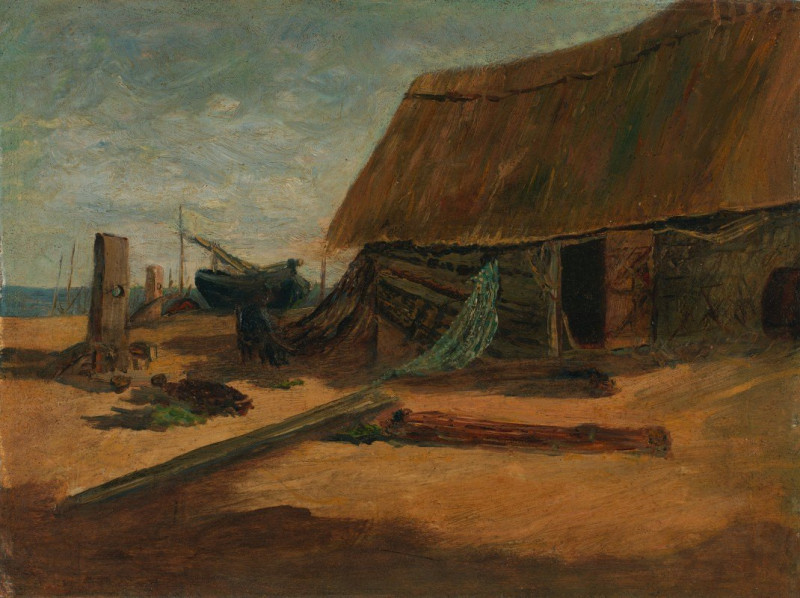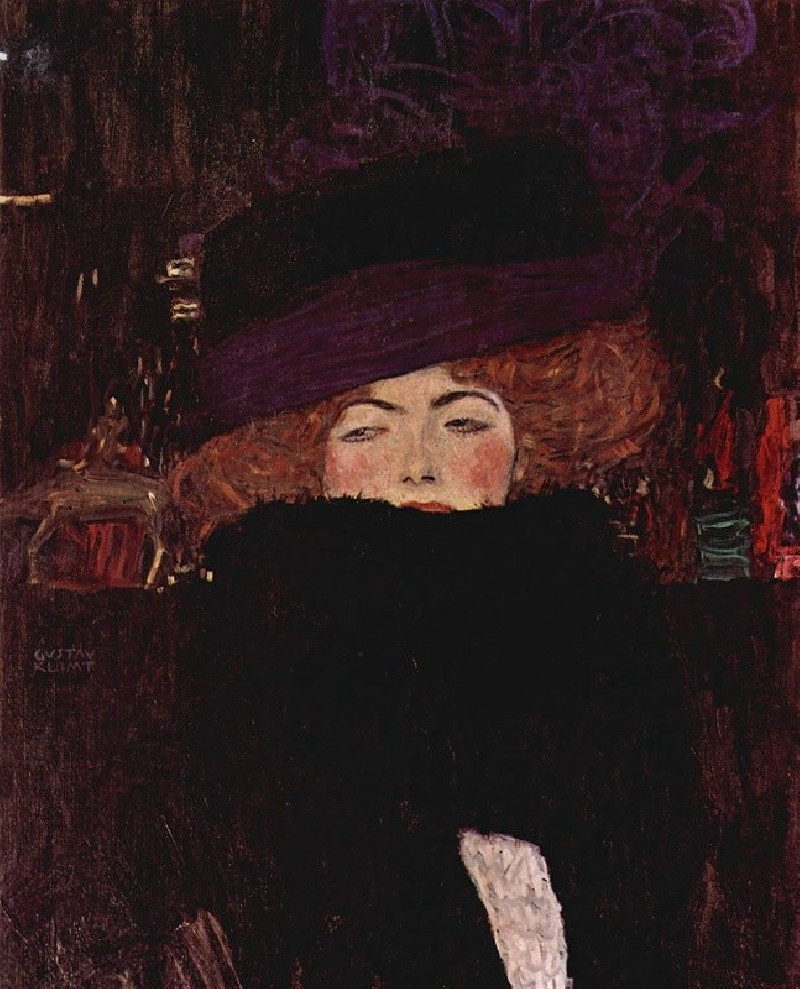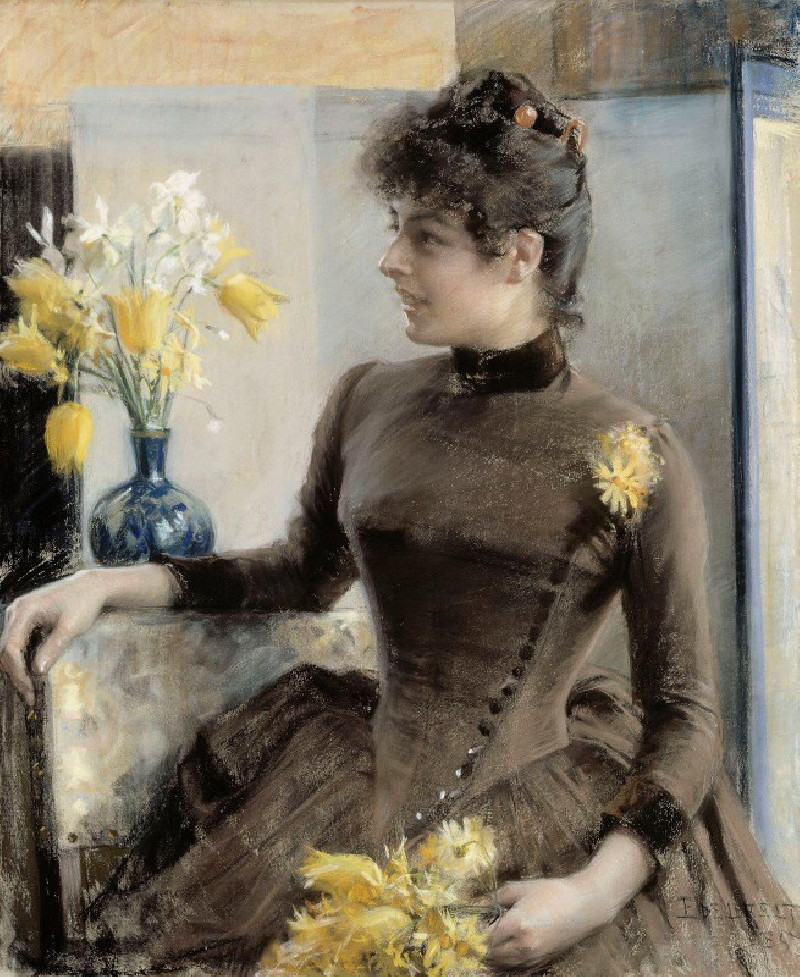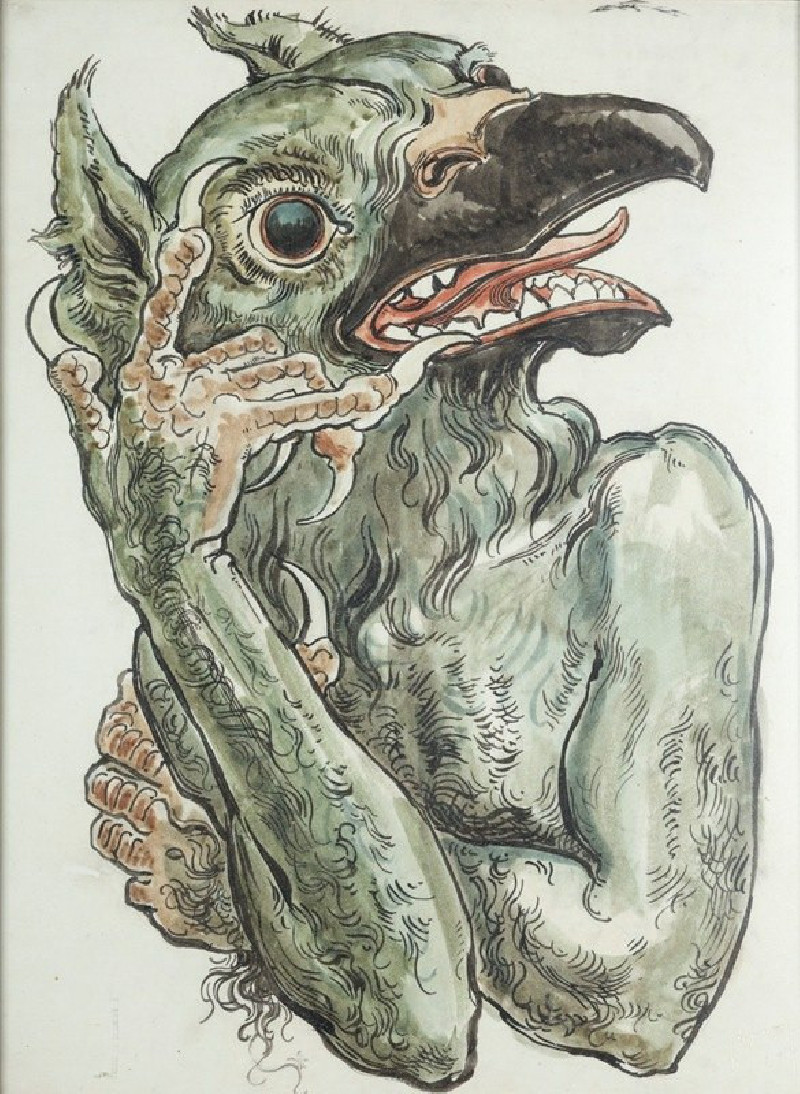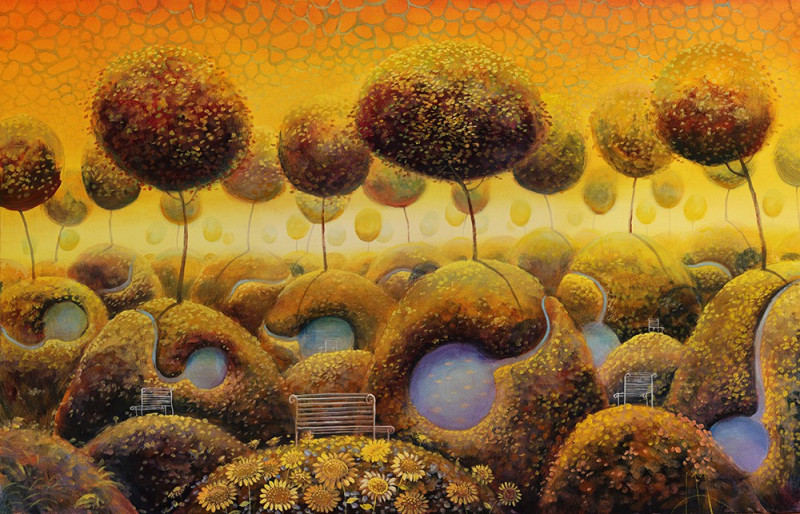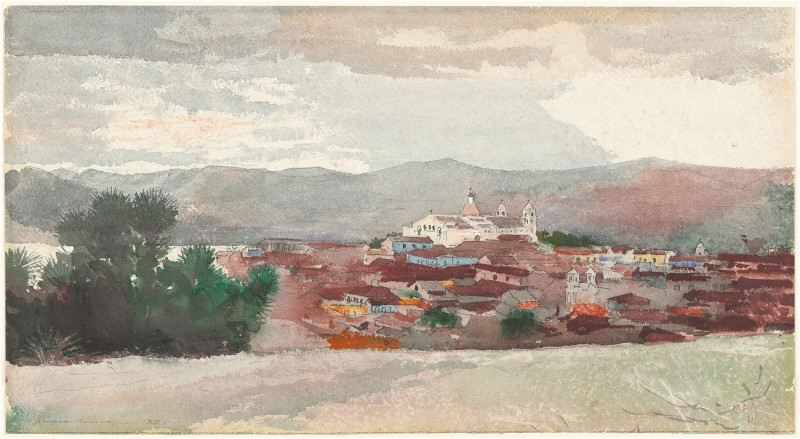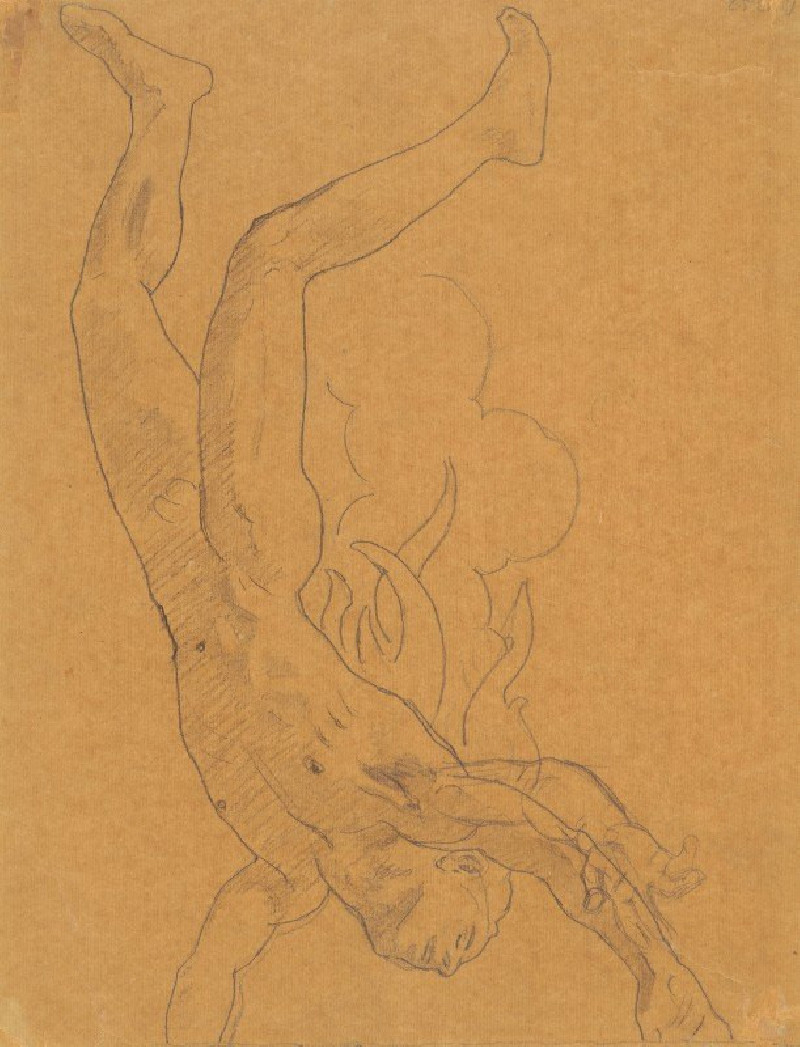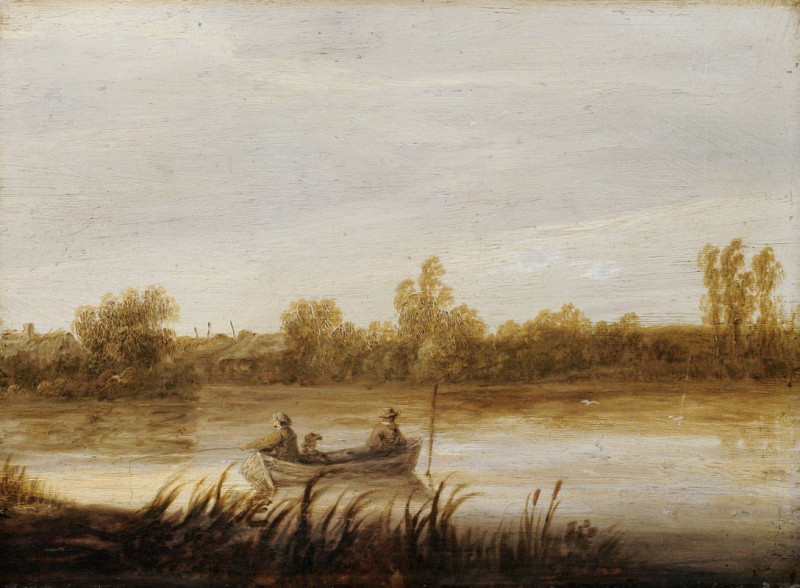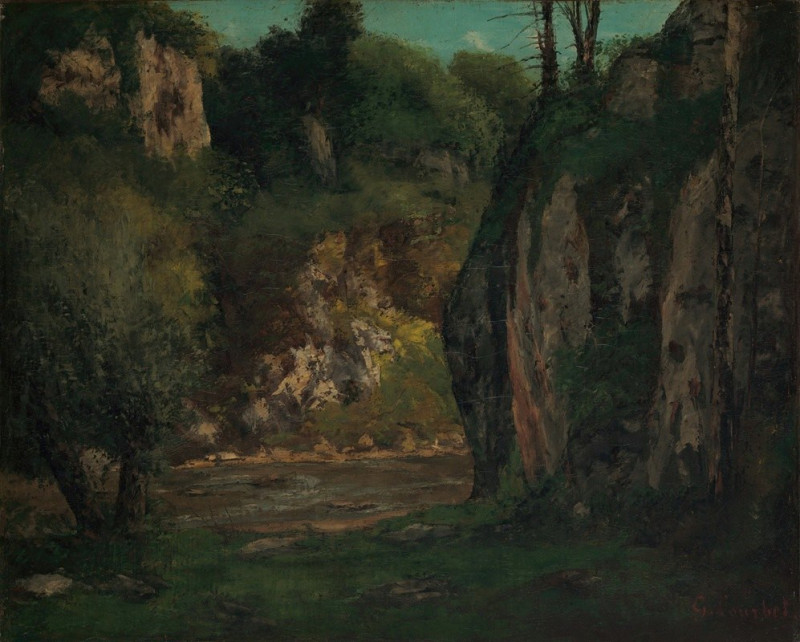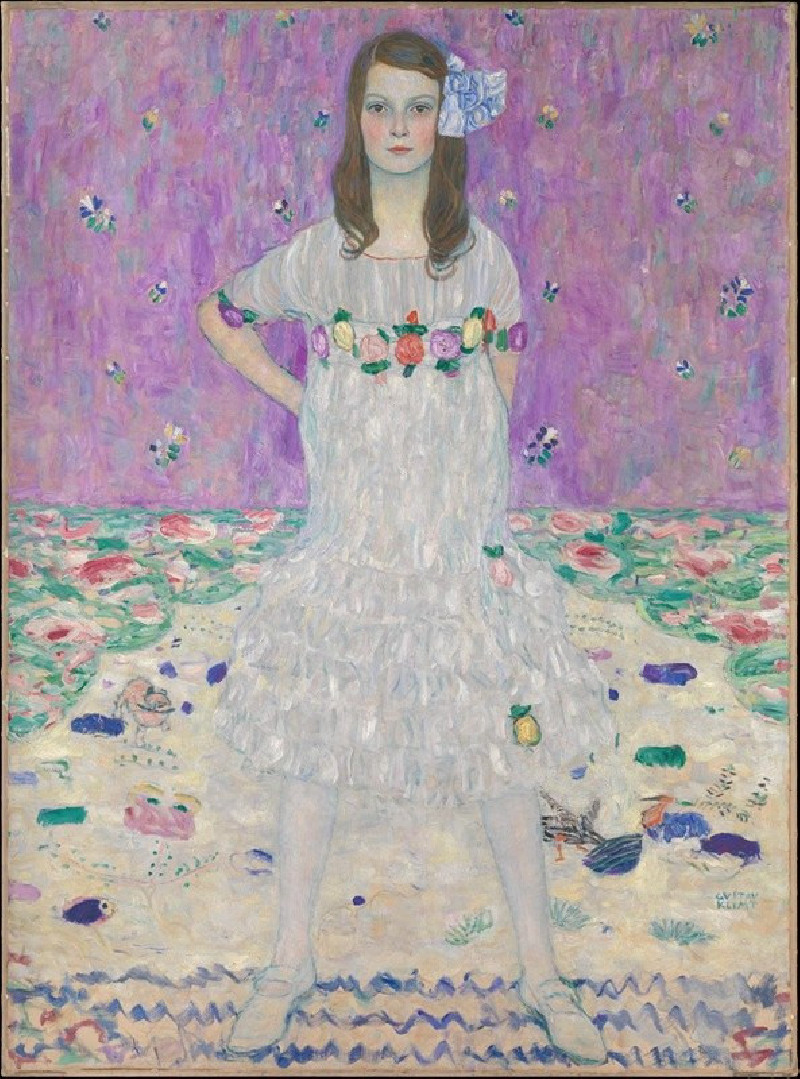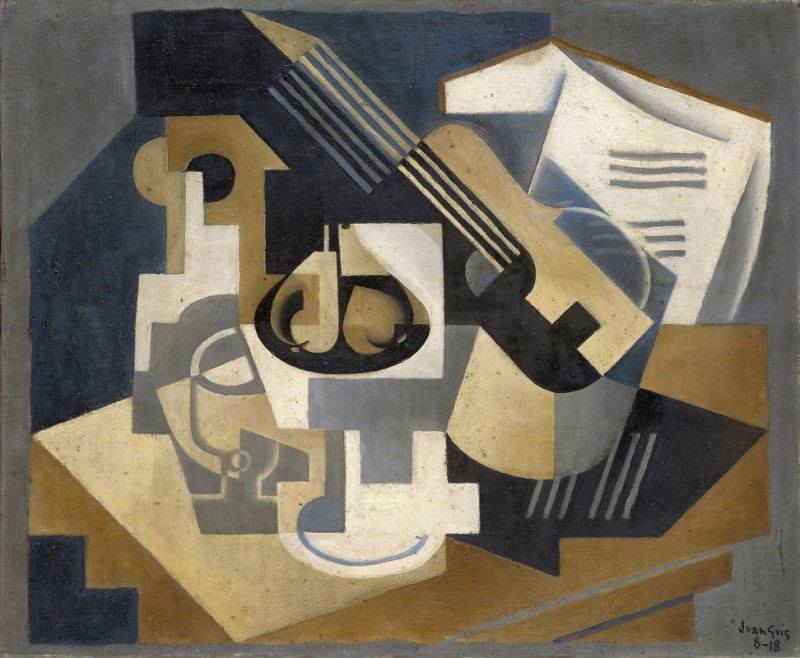Glaneuses En Avant De Vieilles Meules
Technique: Giclée quality print
Recommended by our customers
More about this artwork
Léon Augustin Lhermitte, a notable French naturalist painter, beautifully captures the essence of rural life in his evocative painting, "Glaneuses En Avant De Vieilles Meules." This artwork offers a poignant glimpse into the lives of peasant women, known as gleaners, who are depicted gathering leftover grains from the fields after the harvest.Lhermitte's careful attention to detail and masterful use of light and shadow bring this scene to life, evoking a sense of warmth despite the hard labor portrayed. The foreground of the painting focuses on two women bent over in the act of gleaning. Their faces, obscured from view, emphasize their anonymity and the universal nature of their task. The rustic clothing and muted tones of their garments blend seamlessly with the golden hues of the harvested field, symbolizing their deep connection to the land.In the background, the rural landscape unfolds with gentle undulations. A horse-drawn cart loaded with hay adds to the narrative of harvest time. To the right, the presence of traditional stone buildings and distant hills under a soft sky suggest the enduring rhythm of rural life, untouched by the rapid changes of urbanization.Lhermitte is renowned for his ability to convey the dignity and hardship of peasant life, and "Glaneuses En Avant De Vieilles Meules" is a testament to his skill and empathy. Through this painting, viewers are invited to reflect on the timeless and often overlooked contributions of agricultural laborers. This piece not only highlights the beauty of the French countryside but also offers a social commentary on the lives of those who toil within it.
Delivery
Returns
Léon Augustin Lhermitte was a French naturalist painter and etcher whose primary subject matter was rural scenes depicting peasants at work.
He was a student of Lecoq de Boisbaudran, he gained recognition after his show in the Paris Salon in 1864.
His many awards include the French Legion of Honour (1884) and the Grand Prize at the Exposition Universelle in 1889.

